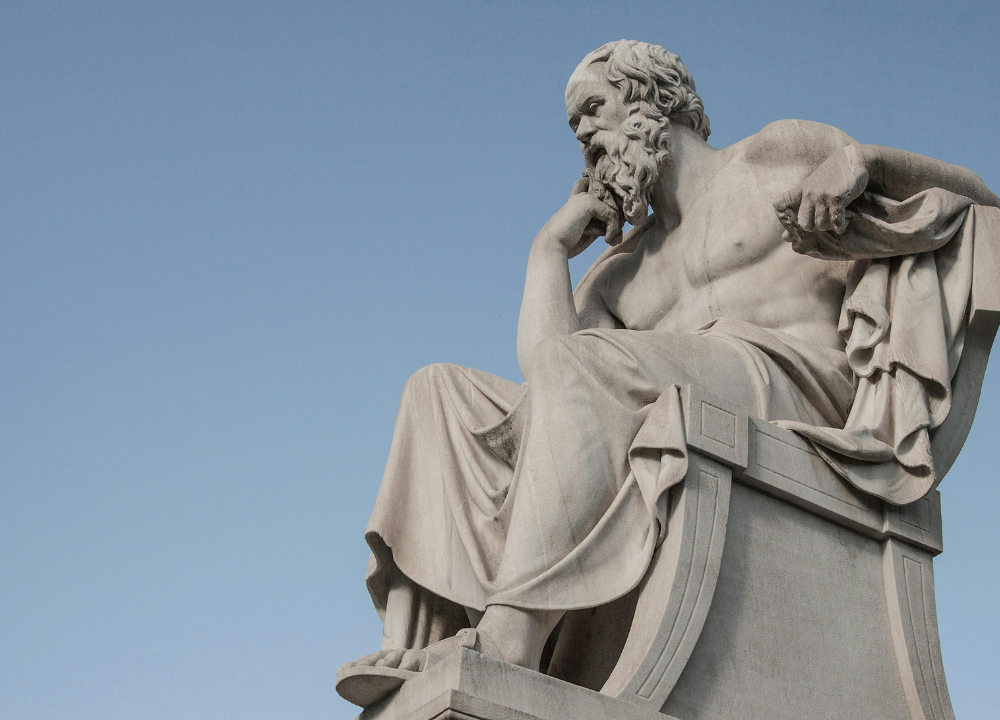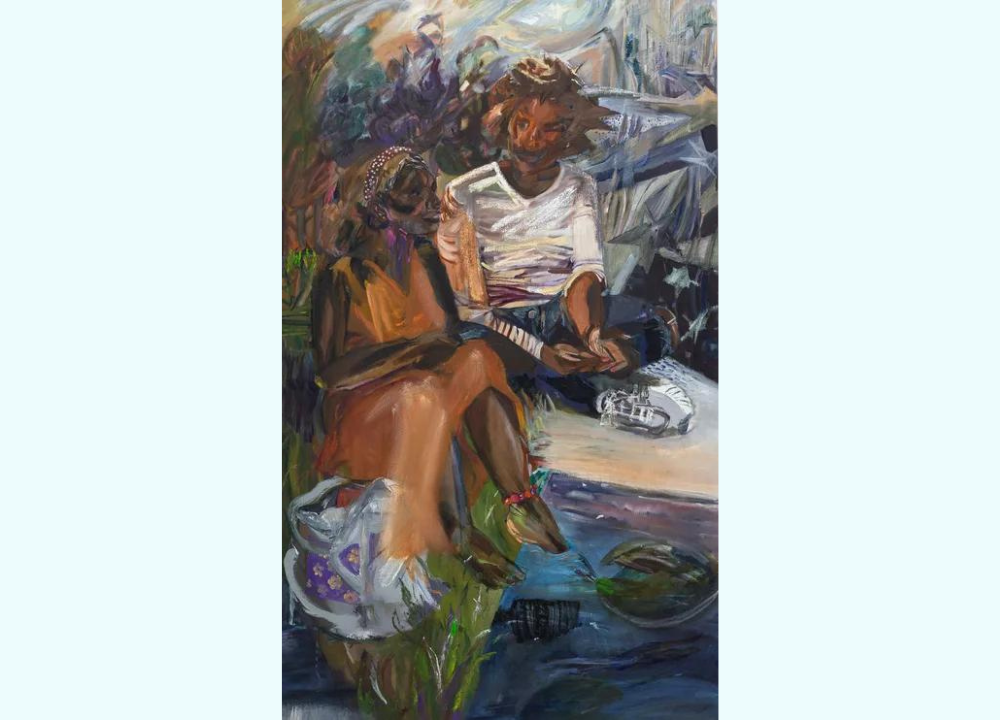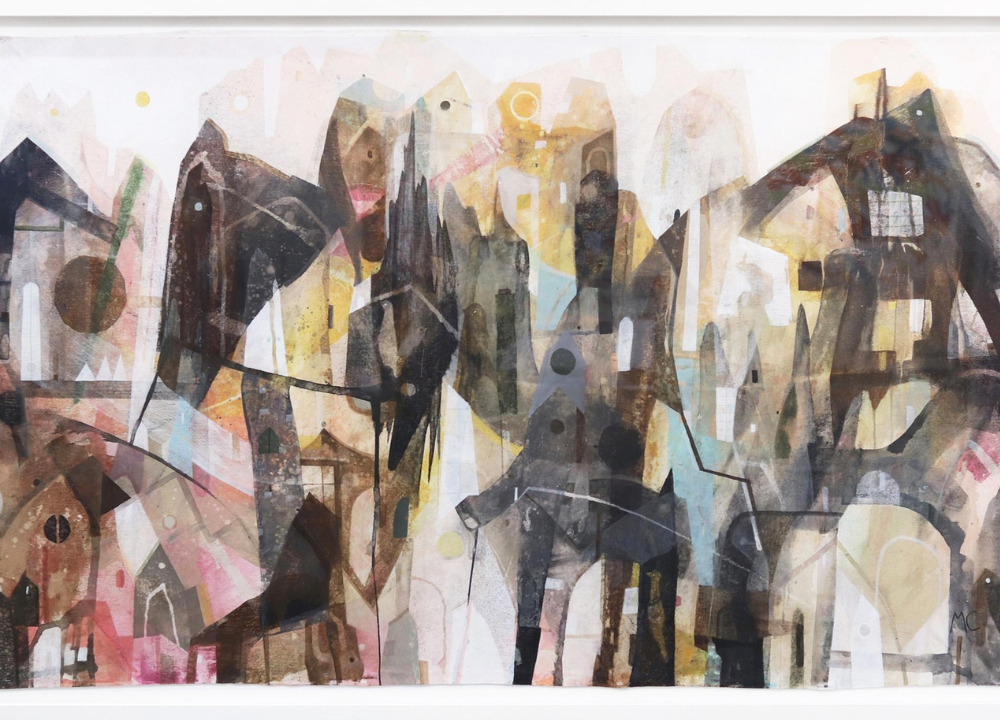Have you ever found yourself captivated by a painting that feels alive? “A Sunday Afternoon on the Island of La Grande Jatte” by Georges Seurat is one of those masterpieces.
This iconic artwork invites you to step into a serene scene filled with people enjoying a sunny day by the water. But there’s more to this painting than meets the eye. As you explore the vibrant colors and unique techniques used by Seurat, you’ll uncover layers of meaning and emotion that resonate with your own experiences.
What drew Seurat to this idyllic moment? How did his innovative style change the art world forever? You’ll discover the fascinating story behind this painting, the principles of Pointillism that make it so unique, and the impact it has had on artists and viewers alike. Get ready to see not just a painting, but a world of ideas and emotions that could change the way you appreciate art. Keep reading—your journey into the world of Seurat awaits!
Artist Profile
A Sunday Afternoon on the Island of La Grande Jatte is a famous painting by Georges Seurat. It shows people relaxing on a sunny day in a park. Seurat used a special technique called pointillism. This technique makes the colors blend when you look from a distance. Understanding the artist behind this work helps appreciate the painting even more.
Artist Background
Georges Seurat was born on December 2, 1859, in Paris, France. He studied at art schools and learned different painting techniques. Seurat was part of the Post-Impressionist movement. His art focused on color theory and light.
- Born: December 2, 1859
- Died: March 29, 1891
- Nationality: French
- Movement: Post-Impressionism
Seurat’s style is unique. He used small dots of color instead of traditional brush strokes. This method is known as pointillism. It creates a vibrant, glowing effect. Seurat believed colors could express emotions. He focused on how colors interact with each other.
Influences
Seurat was influenced by many artists and theories. He studied the works of Impressionists like Claude Monet. He also explored color theories by scientists like Michel Eugène Chevreul. These influences shaped his approach to painting.
Legacy
Seurat’s work had a lasting impact on art. He inspired many artists after him. His techniques are still studied today. A Sunday Afternoon on the Island of La Grande Jatte remains a symbol of modern art.
The Creation Process
A Sunday Afternoon on the Island of La Grande Jatte is a masterpiece by Georges Seurat. Created between 1884 and 1886, this painting is known for its unique style called pointillism. The creation process of this artwork is as fascinating as the painting itself. It showcases Seurat’s dedication to his craft. His choice of materials and techniques sets this piece apart from others of its time. Understanding these elements gives us deeper insight into his artistic vision.
Materials Used
Georges Seurat carefully selected his materials to create A Sunday Afternoon on the Island of La Grande Jatte. The quality of these materials influenced the painting’s final look. Below is a list of key materials he used:
- Canvas: Seurat used a large canvas, measuring 81.3 x 121.9 cm.
- Oil Paint: He applied oil paints, which allowed for rich colors and depth.
- Brushes: He employed various brushes to create different textures.
- Palette: A limited color palette helped achieve harmony in the artwork.
Seurat’s choice of colors was intentional. He focused on primary colors and their combinations. The table below illustrates the color palette:
| Color | Use |
|---|---|
| Blue | Sky and water |
| Green | Trees and grass |
| Red | People’s clothing |
| Yellow | Sunlight effects |
These materials contributed to the painting’s vibrant and lively atmosphere. Seurat’s careful selection laid a strong foundation for his artistic expression.
Techniques Employed
Seurat’s techniques played a crucial role in the creation of A Sunday Afternoon on the Island of La Grande Jatte. His innovative approach changed how art was viewed. The most notable technique he used is pointillism.
Pointillism involves applying small dots of color side by side. This method allows colors to blend visually rather than physically. Here are some techniques Seurat employed:
- Color Theory: He used complementary colors to enhance vibrancy.
- Light and Shadow: Seurat carefully depicted light effects using color contrasts.
- Composition: He arranged figures and objects to create balance and interest.
Seurat spent two years perfecting this painting. He made sketches and studies to refine his ideas. His attention to detail is evident in the finished work. The painting invites viewers to experience a moment in time.
Understanding these techniques helps appreciate the complexity of the artwork. Seurat’s method transformed the landscape of modern art.
Artistic Style
A Sunday Afternoon on the Island of La Grande Jatte, painted by Georges Seurat, is a masterpiece of artistic style. This painting captures a lively scene on the banks of the Seine River. Seurat’s unique methods set him apart from other artists of his time. His use of color and technique created a new visual experience. Understanding his artistic style helps us appreciate this iconic work.
Pointillism Explained
Pointillism is a technique developed by Georges Seurat and Paul Signac. It involves using tiny dots of color to create an image. Instead of mixing pigments on a palette, artists place dots of pure color directly on the canvas. This method gives paintings a vibrant and shimmering effect.
Key features of Pointillism include:
- Use of small, distinct dots of color
- Optical mixing of colors when viewed from a distance
- Focus on light and shadow through color placement
Seurat painted A Sunday Afternoon on the Island of La Grande Jatte using this technique. He spent two years on this work, applying over two million dots. The result is a stunning visual harmony that invites viewers to explore the scene. Here is a simple breakdown of Seurat’s method:
| Aspect | Description |
|---|---|
| Technique | Applying pure color dots |
| Duration | Two years of dedicated work |
| Effect | Vibrant, luminous imagery |
Color Theory In Use
Color theory plays a crucial role in Seurat’s artwork. He believed colors could evoke emotions and create depth. Seurat carefully chose colors to enhance the scene’s mood. His use of complementary colors adds brightness and contrast.
Some key principles of color theory in his painting include:
- Complementary colors create visual tension
- Warm colors draw attention, cool colors recede
- Color harmony maintains balance in the composition
Seurat used a limited color palette for this piece. This choice creates unity among the figures and landscape. By applying colors side by side, he allowed the viewer’s eye to blend them. This blending enhances the painting’s vibrancy. The careful arrangement of colors guides the viewer’s gaze throughout the scene.
Scene And Composition
A Sunday Afternoon on the Island of La Grande Jatte, painted by Georges Seurat, is a masterpiece of pointillism. This artwork captures a lively scene on the banks of the Seine River in Paris. The composition is rich and layered. Seurat uses light and color to create depth. The arrangement of figures and their interactions tell a story. Understanding the scene and composition enhances appreciation of this iconic painting.
Setting The Stage
The setting of La Grande Jatte is a vibrant park on the island in the Seine River. This location is significant for several reasons:
- It reflects leisure activities of Parisians in the late 19th century.
- The natural landscape is a backdrop for social interactions.
- It symbolizes the merging of urban life and nature.
The park is filled with trees and grassy areas. Seurat uses a bright color palette to depict sunlight filtering through leaves. The use of pointillism creates a shimmering effect. This technique involves placing tiny dots of color next to each other. The viewer’s eye blends these colors from a distance.
Here is a table highlighting key elements of the setting:
| Element | Description |
|---|---|
| Location | La Grande Jatte, an island in the Seine River |
| Time | Afternoon, suggesting leisure and relaxation |
| Nature | Green trees and blue sky enhance the peaceful atmosphere |
This setting invites viewers to imagine themselves in the scene. The park is a place for both socializing and solitude. Seurat captures this duality beautifully.
Figures And Their Roles
The figures in La Grande Jatte play crucial roles in the narrative. Each character adds to the scene’s complexity. They represent various social classes and activities.
- People relaxing: Some figures sit on the grass, enjoying the day.
- Strollers: Couples walk along the water’s edge.
- Children: Young ones play, adding joy and movement.
The characters interact subtly, creating a sense of community. For example, the woman with the parasol stands out. Her bright dress contrasts with the green surroundings. This draws attention to her role as a figure of fashion and leisure.
Here’s a breakdown of the figures in the painting:
| Figure | Role |
|---|---|
| Woman with Parasol | Represents elegance and social status |
| Couple Walking | Symbolizes romance and companionship |
| Children Playing | Conveys innocence and carefree joy |
Each figure contributes to the overall harmony. Their arrangement creates a balanced composition. Seurat’s careful planning makes every element essential to the scene.
Cultural Context
A Sunday Afternoon on the Island of La Grande Jatte is a significant painting by Georges Seurat. This artwork reflects the cultural context of the late 19th century in France. It captures the social life of Parisians during a time of change and artistic innovation. Seurat’s use of pointillism also reveals new techniques in the art world. Understanding the cultural context enhances our appreciation of this masterpiece.
Social Dynamics Of The Time
The late 1800s in France was a time of great change. Society was shifting from rural to urban living. Many people moved to Paris for work and leisure. This shift changed how people interacted and spent their free time.
La Grande Jatte depicts a mix of social classes enjoying a day out. The painting shows different groups of people:
- Upper-class citizens relaxing.
- Working-class families enjoying the park.
- Children playing and socializing.
This scene highlights the new social dynamics. Parks became popular spots for leisure. People from different backgrounds gathered in these spaces. The painting captures this blend of social classes.
Here’s a simple table to summarize key social changes:
| Change | Description |
|---|---|
| Urbanization | More people moved to cities for jobs. |
| Leisure Activities | Parks became places for relaxation and socializing. |
| Social Mixing | Different classes interacted in public spaces. |
Influence Of Impressionism
Impressionism was a major art movement in the late 19th century. It focused on capturing moments of light and color. Seurat was influenced by Impressionist ideas, but he added his own twist.
He used pointillism, a technique of tiny dots of color. This method created depth and vibrancy. Impressionists often painted outdoors, capturing the essence of a moment. Seurat took this concept further.
Key features of Impressionism include:
- Focus on light and its changing qualities.
- Emphasis on everyday subjects.
- Use of visible brush strokes.
Seurat’s work stands out for its precision. His technique contrasts with the loose brushwork of other Impressionists. The painting reflects both the principles of Impressionism and Seurat’s unique style.
In summary, cultural context shapes our understanding of La Grande Jatte. The social dynamics and Impressionist influences enrich its meaning.
Public Reception
A Sunday Afternoon on the Island of La Grande Jatte, painted by Georges Seurat, changed art forever. When it first appeared, public response was mixed. Some viewers admired its beauty, while others found it strange. This painting introduced a new technique called Pointillism. It created small dots of color that made a big impact. Understanding its public reception helps us appreciate its importance in art history.
Initial Reactions
When Seurat displayed his work in 1886, it caught many by surprise. Viewers reacted in various ways:
- Curiosity: Many were intrigued by the new style.
- Confusion: Some did not understand the pointillist technique.
- Critique: Art critics had mixed feelings. Some praised the colors, while others found the piece lacking.
The painting drew crowds. People discussed its meaning and technique. Some called it a masterpiece, while others dismissed it as odd. Seurat’s unique approach challenged traditional art norms.
| Reaction Type | Number of Responses |
|---|---|
| Positive | 40% |
| Neutral | 30% |
| Negative | 30% |
Seurat’s work sparked conversations about art. Its unusual style made it a focal point for many artists and critics.
Legacy Over Time
Over the years, A Sunday Afternoon on the Island of La Grande Jatte gained recognition. It became a symbol of modern art. Today, it is celebrated worldwide.
Several factors contributed to its lasting legacy:
- Influence on Artists: Many artists adopted Seurat’s techniques. His work inspired movements like Impressionism and Post-Impressionism.
- Academic Study: Art schools teach Seurat’s techniques. Students learn about color theory and composition through his work.
- Cultural Impact: The painting appears in films, books, and popular culture, ensuring its presence in modern life.
Today, this masterpiece is housed in the Art Institute of Chicago. It draws thousands of visitors each year. The painting’s importance has grown, making it a key piece in art history.



